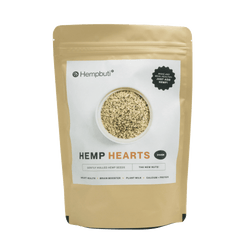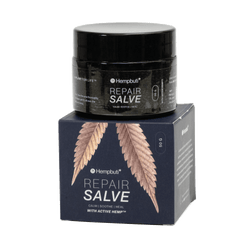Why do periods hurt so much for some and barely for others? Most cramps come from prostaglandins that trigger strong uterine contractions and blood vessel constriction, leading to ischemia and pain during menstruation.
What causes the pain
During late luteal phase and menses, falling progesterone prompts endometrial breakdown and prostaglandin release (notably PGF2α and PGE2), which increase uterine contractions and reduce blood flow, sensitizing pain fibers. People with dysmenorrhea often have higher prostaglandin levels in menstrual fluid, correlating with more intense cramps and systemic symptoms like nausea or headache.
Primary vs secondary
Primary dysmenorrhea is period pain without another pelvic disease, driven mainly by excess prostaglandins and heightened uterine activity. Secondary dysmenorrhea stems from conditions like endometriosis, adenomyosis, fibroids, or pelvic inflammatory disease, which need evaluation and targeted treatment.
| Type | What it is | Common clues | Next steps |
|---|---|---|---|
| Primary dysmenorrhea | Menstrual pain without an underlying pelvic disorder; prostaglandin‑mediated cramping | Starts soon after menarche; improves with NSAIDs/hormonal methods | Optimize NSAIDs, consider hormonal contraception, heat/TENS, exercise |
| Secondary dysmenorrhea | Pain due to a condition like endometriosis, adenomyosis, fibroids, or PID | New/worsening pain, dyspareunia, pain with urination/defecation, bleeding between periods | See a clinician; may need ultrasound and condition‑specific therapy |
What actually helps
-
NSAIDs are first‑line because they inhibit COX and lower prostaglandins; take at onset of cramps or just before menses if cycles are regular.
-
Hormonal contraception (combined pill/patch/ring or levonorgestrel IUS) thins endometrium and reduces prostaglandin production, easing pain and flow.
-
Heat and TENS provide non‑drug relief; many find noticeable comfort from heat pads and portable TENS devices.
-
Movement and nutrition help: exercise can meaningfully reduce pain, and omega‑3s show modest benefit, with some trials suggesting added relief when combined with exercise.
When to see a doctor
Seek care if pain is severe, worsening, unresponsive to painkillers, or accompanied by heavy/irregular bleeding, painful sex, or pain with urination/defecation, since this may signal a treatable condition. A clinician can assess for secondary causes and tailor therapies, including imaging and targeted treatments where needed.
Quick, kind self‑care checklist
Start NSAIDs early, layer heat or a TENS unit, keep moving with gentle walks or yoga, and consider dietary omega‑3s—all while tracking symptoms to share with your clinician if pain persists.










